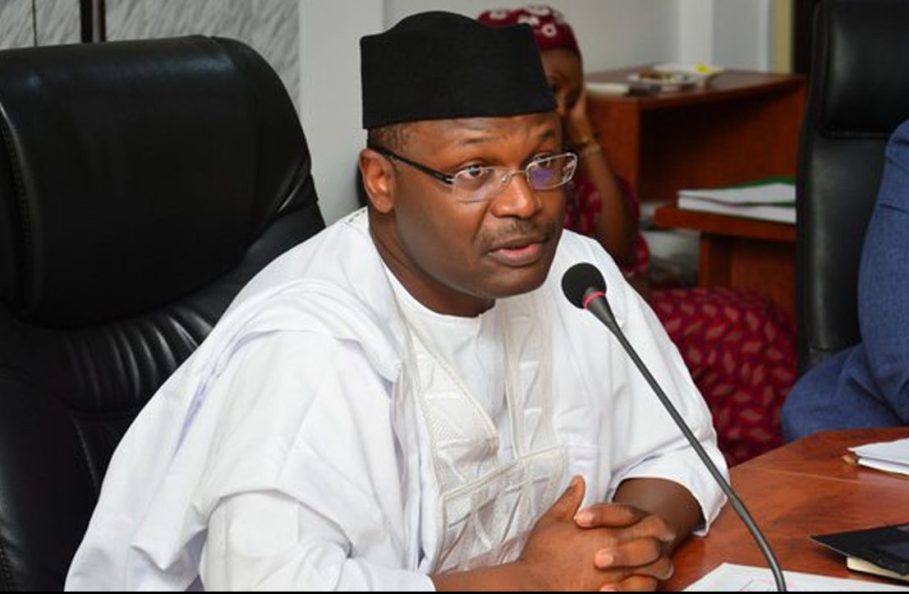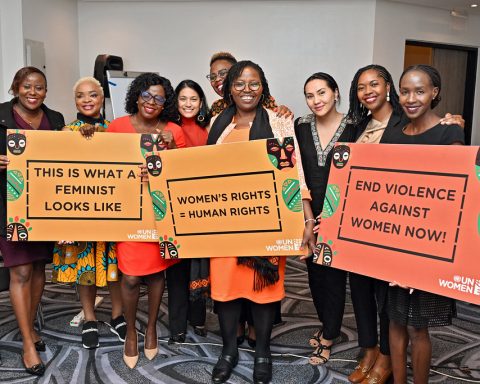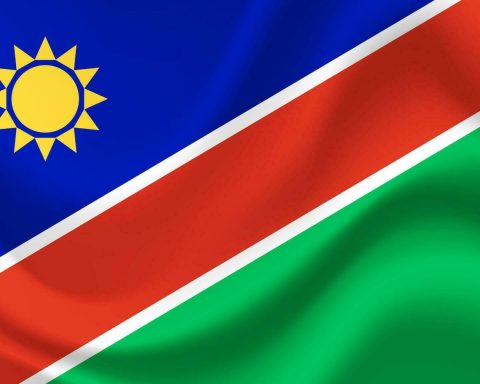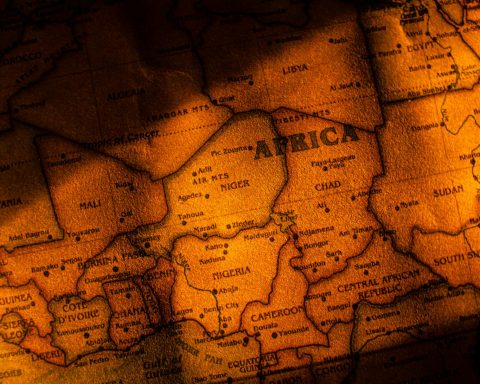As extreme weather events ravage the continent, African communities are facing unprecedented challenges. From devastating floods in Nigeria to crippling droughts in Kenya, the impact of climate change is undeniable. Despite being among the lowest emitters of greenhouse gases, Africa suffers disproportionately, with millions displaced, livelihoods destroyed, and futures uncertain.
Droughts in Kenya and Somalia have wiped out livestock and emptied villages. In Nigeria and Sudan, floods have submerged farmlands and displaced millions. From Malawi to Mozambique, cyclones strike with growing force, while in South Africa, record heatwaves and wildfires destroy homes and crops.
Hence, for many African communities, climate change is no longer an environmental debate. It is survival, because the damage is immediate and widening. The burden is made heavier by broken promises from wealthy nations. Africa emits the least but suffers the most.
Join our WhatsApp Channel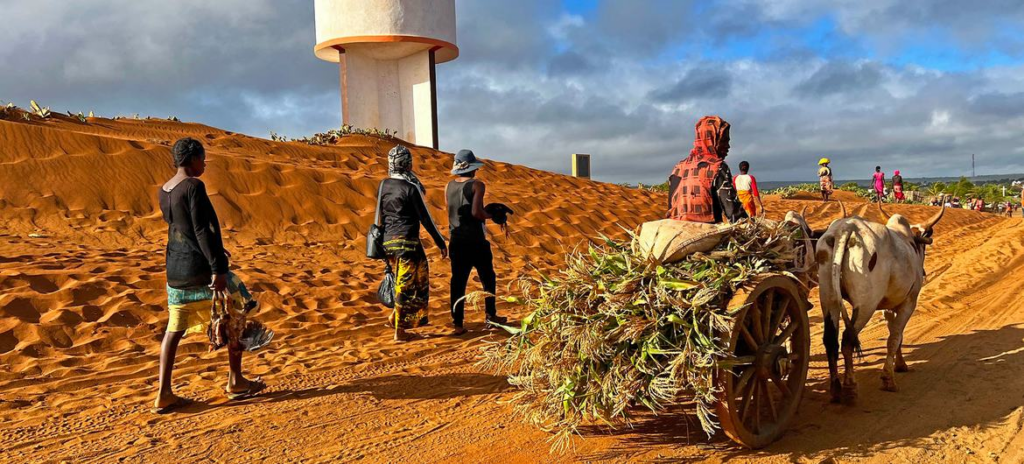
At the Addis Ababa summit on 10 September, African leaders proposed raising 50 billion dollars a year for continental climate solutions. But plans do not erase ruined harvests or lost lives.
At the UN summit on 29 September 2025, developing countries accused rich nations of betraying their finance pledges. Their fury was directed at the continued use of loans instead of grants, a demand for real support, not debt. But that anger was not aimed at the families in Mokwa, Niger State, who lost homes and livelihoods when floods tore through their town. That gap between political anger and everyday death is the clearest proof that the crisis is already here.
Nigeria: Floods, Farmland Loss, and Climate-Fuelled Conflict
In Nigeria, the toll of climate change is becoming increasingly visible. The Mokwa floods in late May 2025 devastated the market town and surrounding farmlands in Niger State, submerging homes and displacing entire communities.
The National Emergency Management Agency (NEMA) confirmed dozens dead and hundreds missing, while local authorities said the floods destroyed over 1,500 hectares of farmland. Some reports said that the surge wiped out crops, fishing gear, and seasonal incomes, pushing thousands into food insecurity.
Environmental experts blame the rising flood intensity on a mix of heavier rainfall, poor land management, and deforestation that has stripped watersheds of natural buffers all linked to change in weather. For a country already struggling with hunger and poverty, every disaster like this erodes the resilience of small farmers and rural traders.
In the Middle Belt, particularly Benue State, flooding alternates with dry spells, shrinking pasturelands and fuelling deadly clashes between herders and farmers. Analysts say climate stress is an overlooked driver of these conflicts , as rivers dry up or overflow, competition for arable land and water intensifies.
In 2024, security monitors recorded over 300 deaths in farmer-herder clashes in Benue and neighbouring Nasarawa, forcing thousands into makeshift camps. It continued till date.
READ ALSO: AI for Climate Action: Tanzanian Farmers Find New Hope In Technology
Bill Gates’ Prescription For Nigeria’s Healthcare: Overlooking The Root Causes
Further north, around the Lake Chad Basin, the region’s main water body has shrunk by over 90 per cent since the 1960s, according to the UN Environment Programme (UNEP).As fishing grounds vanish and grazing lands turn to dust, young men are recruited by armed groups exploiting these grievances. Communities once bound by trade and kinship now fight for access to water and fertile soil.
The recurring floods, drying rivers, and lost farmlands tell a consistent story: climate change is not a distant threat but a daily crisis reshaping lives across Nigeria.
Southern Africa: Water Stress, Displacement, and Rising Hardship
In South Africa, repeated heatwaves and erratic rainfall have strained water systems across provinces like the Eastern Cape, Free State, and Northern Cape. The Department of Water and Sanitation confirmed that some dams, including Gariep Dam, dropped below 50 per cent capacity in 2024.
Households in rural areas now ration water, and women and children trek longer distances to fetch it. A 2025 Council for Scientific and Industrial Research (CSIR) report linked the surge in heat events to human-induced warming, warning that average temperatures have risen by nearly 1.5°C since the 1970s.
The prolonged drought cycles have also drained savings and livestock. In provinces like Limpopo and North West, herders have lost over 30 per cent of their cattle herds since 2023, according to AgriSA. Families often migrate to towns or informal camps where employment is scarce. The World Food Programme (WFP) says nearly 12 million people in Southern Africa face food insecurity due to consecutive dry spells.
In Mozambique, climate shocks and insecurity reinforce one another. Cyclones Freddy and Gombe, in 2023, displaced more than 500,000 people, destroying homes and farmlands across Zambezia, Sofala, and Cabo Delgado. The northern region, already hit by armed insurgency, saw renewed violence after communities were uprooted by flooding and food shortages. Aid agencies report that families who fled the storms often returned to find their land eroded or occupied, deepening poverty and frustration.
Kenya’s failed rains, lost herds and hungry towns
In Kenya the climate shock is both slow and sudden. Years of failed rains followed by violent downpours have destroyed livelihoods across pastoral and agricultural counties. Between 2020 and 2023 a prolonged drought collapsed pasture and killed millions of animals; WFP estimates roughly 2.6 million livestock died in that period, wiping out a primary asset for pastoral households and pushing whole communities into hunger.
By early 2025 the situation had not eased. Assessments after the short rains found about 2 million people facing acute food insecurity in February 2025, more than double mid-2024 levels , as depleted waterpoints and pastures forced families to sell remaining animals and skip meals.
The human cost is clear. UNICEF’s Kenya case study notes that roughly 9 million children are exposed to drought and water scarcity risks, while over 1.3 million children live in flood-prone counties; the back-and-forth between drought and flood is eroding household coping mechanisms. Women and girls shoulder the water burden: long treks to fetch scarce water now cut into schooling and income-earning time.
The pattern is familiar across the Horn: multiple failed rainy seasons have left pastoralists with fewer animals, less income and deeper hunger. The WFP and other agencies warned that, without scale-up in assistance, more families will move to towns or camps where work is scarce and tensions over scarce resources.
Africa’s Response: Plans Without Power
Fairly, across Africa, governments now admit that climate change is a development crisis, not just an environmental one. Laws, warning systems and renewable energy targets have emerged, but responses still fall short of the scale of the threat.
Kenya’s Climate Change (Amendment) Act 2023 set a binding framework for emission targets and climate finance oversight. The country’s investments in solar micro-grids and early warning alerts have saved lives, especially during the El Niño floods of 2023 to 2024.
Nigeria’s Climate Change Act 2021 created a National Council on Climate Change and introduced a five-year carbon budget, the first in West Africa. Yet weak coordination, funding delays and limited local involvement have slowed delivery.
Regionally, the Great Green Wall, stretching from Senegal to Djibouti, has restored about 20 million hectares of land, barely half its target. However, insecurity in the Sahel and poor coordination among states continue to hinder progress.
While part of the pledged support from developed nations has been released, much of it came as loans rather than grants, deepening debt and forcing developing countries to pay for damage caused by major polluters. Yet the debate cannot end with external injustice. It must also confront weak leadership at home.
How well have African governments used the funds already disbursed? If properly managed, these resources could build resilience, support livelihoods and expand the tax base needed to repay loans.
As much as wealthy nations manipulate the system through unfair financing, African leaders must strengthen governance and reduce dependence. Only then can the continent speak with authority in demanding climate justice. Disaster response systems need stronger funding and coordination, while local communities and indigenous knowledge must remain central to planning.
However, since Africa emits less than four per cent of global greenhouse gases but suffers the most, wealthy nations must honour their climate finance pledges and support fair adaptation efforts.
Survival now depends on leadership that listens, plans and acts. Africa cannot wait for the world to fix a crisis that has already reached its doorstep.



